Introduction to Bluetooth Marketing Devices
Bluetooth marketing devices are innovative tools designed to enhance promotional activities by leveraging Bluetooth technology. These devices are pivotal in proximity marketing, enabling businesses to send marketing materials to smartphones and other Bluetooth-enabled devices within a certain range.
Types and Applications
There are various types of Bluetooth marketing devices, each suited for different marketing scenarios. Some are ideal for retail environments, while others are designed for outdoor events or exhibitions. Their applications are diverse, ranging from distributing coupons and advertisements to pushing notifications and content delivery at strategic locations.
Technical Features
The technical features of a Bluetooth advertising device include range, compatibility, and the types of media they support. Most devices offer a range of up to 100 meters, ensuring a broad reach. Compatibility with various operating systems is crucial, as it determines the effectiveness of the campaign. These devices typically support images, videos, and text formats, allowing for versatile marketing strategies.
Materials and Design
Materials used in the construction of Bluetooth beacon devices are selected for durability and performance. The design is often compact and discreet, facilitating easy installation in various locations without drawing attention away from the marketing content being delivered.
Advantages of Bluetooth Marketing
Utilizing a Bluetooth marketing system offers several advantages. It allows for targeting potential customers in proximity, creating immediate and actionable marketing opportunities. Additionally, it is cost-effective compared to traditional marketing methods and provides analytics for measuring campaign effectiveness.
Choosing the Right Device
Selecting the appropriate Bluetooth marketing solutions requires understanding the specific needs of a campaign. Factors to consider include the physical environment, the target audience's device compatibility, and the type of content to be distributed. It is essential to choose a device that aligns with the marketing objectives without making assumptions about performance or results.



















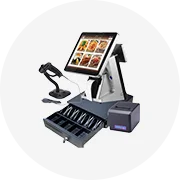
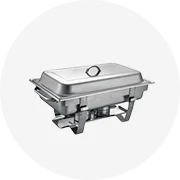
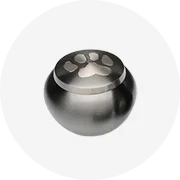
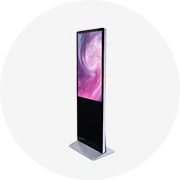


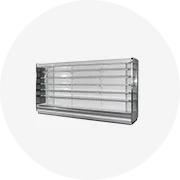
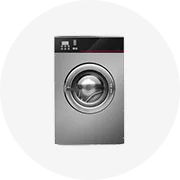
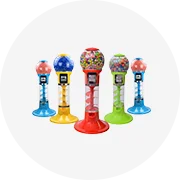
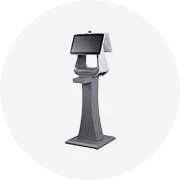
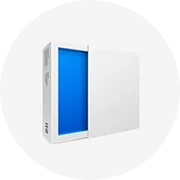









 浙公网安备 33010002000092号
浙公网安备 33010002000092号 浙B2-20120091-4
浙B2-20120091-4